 .
.
This week we are sharing a guest post from a fellow principal in New Zealand, Saira Boyle from Willowbank School. As an experienced principal, Saira has been become increasingly conscious of the demands that our leadership roles make on us, and has generously shared some thinking and tactics that are worth considering.
In our work as principals we’re bombarded on a daily, if not hourly basis, with a diverse range of challenges, each one creating a stimulus inside of us; some physical, some emotional and others a combination. At the start of 2018 I developed a life threatening unprovoked blood clot in my leg; the cause – layer upon layer of work related unreleased stress stimulus as a direct result of ‘the job’ (which don’t get me wrong I LOVE, and am slightly addicted to!)
On and off for the last three years I’ve unsuccessfully dabbled with a range of different things to help deal with impact of the work stress; healthy food, drinking water, walking, gym memberships, early nights, leaving work before 6pm, leaving the laptop at work, taking email off my phone, and so the list goes on! When I say unsuccessfully I mean I started different tactics and strategies, usually at the beginning of a new term and as the pace and mahi picked up or the winter months kicked in, each one fell by the wayside. I mean, after a vexatious parent, a playground fight, an overwhelmed staff member and a pile of non NZ trained applications to read for a teacher vacancy, toilets to clean, grumpy neighbours, a teacher in tears due to the pressures of an under resourced child with non-typical needs, a board report to write and a late night PTA meeting to attend (in one day!) who can resist a sausage roll or two, binge watching Netflix until the early hours and an extra hour in bed in place of a morning walk, right? Snapback into old and trusted habits was strong and fierce, time and time again. Sound familiar?
Believe it or not it doesn’t need to be this way. A couple of weeks ago Steve’s blog made reference to a Stoic quote about responding to pressured situations by, “firstly not getting worked up and then by doing the right thing; being a good human being and speaking with kindness, modesty, and sincerity”. A fabulous outcome of living by this mantra is personal growth and wellbeing – the ever illusive holy grail. When I posted in the comments of Steve’s blog and he invited me to share with you, I have to say I put my new learning into practice, silenced the mind and responded with gratitude for the opportunity. So, here I am, and here goes.
. . . . .
I’ve been practicing something for around two months now, on a daily basis, which helps immensely to make that space between stimulus and response a space where one can manage the emotion to ensure reaction doesn’t occur, keep the brain out of the red zone reaction and develop stress mastery. It’s simple, effective and takes only one hour each morning. It breaks down the stronghold of mental models which lead to our ‘reactions’ (becoming worked up) to certain situations and in this space the ability to respond as a good human being – our purpose!
The brain is programmed from birth to around 7 years old and those programmes, (or cages) shape and set the stage for our five life categories ~ health, finance, spirituality, relationships and career. Our subconscious is strong and in many of us it is the boulder blocking the light to shifting habits which prevent our growth and stress mastery. This daily practice gently chips away at the boulder and develops in its place new pathways in the brain, which result in the ability to take perspective, remain calm, manage our emotions and respond in kind ways. It is AMAZING!
When you wake in the early hours, instead of spending time aimlessly ‘scrollaxing’ try this and watch the results. Set the day the right way with the Green Focused Power Hour (*Bill Cortright);
- Ten minutes of reading ~ something for yourself; self growth input. If you want to master stress then daily commitment to self development is essential!
- Ten minutes journaling ~ if you are taking in new information, then you also need to journal to make sense of and release the old thought patterns
- Ten minutes affirmation ~ decide what you want to achieve and repeat out loud for ten minutes eg I am healthy, I am strong, I am inclusive, I am present, I am joyful
- Ten minutes of visualisation ~ think of your ideal day in 3 years time and imagine it in detail
- Ten minutes of meditation ~ to centre the mind and build new brain pathways
- Ten minutes of physical movement ~ stretches, walking, yoga, running, putting the brain in the green zone
In the evenings I sign off the day with around 15 minutes of reflection on;
- Daily gratitude
- Triumph of the day
- Challenge of the day
- Idea to explore
- Feeling of the day
- Memory of the day
Within two to three days I noticed a difference! Joy, ease and lightness entered my life from all angles, it was remarkable! My teenagers started smiling at me, my husband made me laugh and danced with me when I arrived home from work, a vexatious interaction was greeted with calm and generosity and my team began to feel less bombarded! When a meeting became volatile, I was able to remain calm and respond effectively. When a child decided to slam his head into the window my presence was able to calm his anger. When an employment issue resulted in ugly action, rather than allow the what ifs and overwhelming thought patterns to invade my mind late into the evening and weekend, I watched my thinking and put it to one side, later responding with kindness. When I would usually be exhausted and counting down to the break, I am more energised than ever!
Catching the Habit!
I think the reason I am able to make this a habit is down to a few things, the first being my why. During lockdown in 2020 I noticed a dull ache in my right arm, which over the months resulted in my shoulder seizing up, permanent pain and limited use of the arm. Around the same time my Apple watch started telling me my heart rate would occasionally flutter it’s way up to 170bpm for no apparent reason. Then there were the usual female gripes for women of a particular age and then the big one, a beautiful member of staff in her forties was diagnosed with pancreatic and liver cancer. Just like that, her life changed forever! She decided to eat clean and her surgeons explained to her the importance of daily exercise. I bought a book for her on food and read parts of it myself and that coupled with the podcast mentioned below made me realise we need to start with inside out. Suddenly my why was no longer about looking good, maintaining my youth and hanging onto the past.
Why?
My why was about being strong, in body and mind for me! Find your why.
Accountability
I engaged a spiritual counsellor and then a personal trainer (only one or the other now!) and because I was investing in me and paying for this, it was also a motivator to stick to the plan! Having someone to hold you to account is essential! You invest in others every single day. Invest in you! You’re worth it. A coach of some sort is essential. If you want it you may need to give up something so the budget fits, but it is worthwhile!
How?
Understanding how the mind works; getting through the first thirty days is the crunch, and then the next thirty, then the six month milestone and then the year! (I’ll let you know when I get there!) Make a plan and chip away, a little each day. When you wake in the morning your brain is in theta state; the most receptive state to change. So, if you can, set that alarm an hour earlier (go to bed an hour earlier – what’s going on at 10pm that’s so important?), let’s face it, many of us are awake and mindlessly running through the day before we begin the day anyway!
My crazy hormones and busy mind were waking me around 4.30am-5.30am and I would lie there trying to force myself back to sleep, or start ‘scrollaxing’ through mindless FB or Instagram feeds until it felt like an acceptable time to rise. So I decided to reframe my perspective and put this time to good use and now I wake excited to enjoy the process.
If you aren’t a natural morning person, why not just pick twenty minutes to start with and try the reading (self growth material) and journaling to start with? Maybe the affirmations could be said during your shower? Your visualisation during your commute and your mediation during a morning tea break? The other day I opened my curtains and watched the sunrise as I yoga stretched – what a way to put the brain into green and what a blessing to start the day in the green zone!
If you miss a day, don’t panic, just keep going. Consistency is key!
As part of living into our Mindfulness – Pause, Breathe, Smile programme (which is now funded in all schools) we meditate at the start of all meetings – our Catholic colleagues out there are blessed to begin with prayer. Whatever the name, it’s about stilling the mind, the endless stream of thought, throughout the day. This sets the foundation to create your new habit.
What
Love the process and notice the little things each day that change – this, in short is what keeps me motivated! It works. It works because it’s chipping away at the subconscious mind and changing the pathways to support new habit formation. It works because it’s little and often. It’s neuroscience. It works because it brings joy and emotion is contagious! Make sure you get hooked on the right one! Oh, and by the way, my arm is now moving again, my palpitations under control, my migraines less offensive and relationships deepened at home and work due to a new found headspace. Accepting the process as the goal is more important than an ‘end goal’ for me. The process is bringing daily joy in incremental measures. Starting the day with a daily reading from The Daily Stoic is a great reminder of the action we should take each day to bring us closer to ‘home’.
“Well-being is realised by small steps, but is truly no small thing” – Zeno, quoted in Diogenes Laertius, Lives of the Eminent Philosophers, 7.1.26
I have learnt the importance of;
- Watching my thoughts and when a negative thought arises, reframing to the positive
- Sitting with and feeling the emotions which arise from the daily challenges, excited that they give me an opportunity to explore where the emotion is coming from, in turn breaking the boulder
- Observing the reactions and being still in my thinking mind, enough to create space to plan a calm and good response
If you are ready for human centred leadership in all areas of your life then give it a go! Remember growth is a continual process and when challenges come our way, it’s an exciting opportunity to practice smashing up that boulder, creating new habits and allowing the light to shine in and through our subconscious!
I’m sure so many of you have your own amazing ways to grow and lead the right way, this is simply something that works for me! If you’d like to know more about this and share experiences if you embark on the ride, be welcome to be in touch. Having a champion is always a bonus! Meanwhile remember, what you think you become, what you feel you attract and what you imagine you create!
“You could enjoy in this very moment all the things you are praying to reach by taking the long way around – if you’d stop depriving yourself of them.” – Marcus Aurelius, Meditations, 12.1
- Freedom – that’s easy. It’s in your choices.
- Happiness – that’s easy. It’s in your choices.
- Respect of your peers? That too, in the choices you make.
All of that is right there in front of you. No need to take the long way to get there. (Holiday and Hanslem, 2016, The Daily Stoic)
Fabulous readings to get you started:
- The Daily Stoic – Ryan Holiday and Stephen Hanselman
- Grit – Angela Duckworth
- The Power of Now – Eckhart Tolle
- What Happened to You? – Bruce Perry and Oprah Winfrey
- Stress Mastery – Living Right with Bill Cortright (podcast)
Saira Boyle
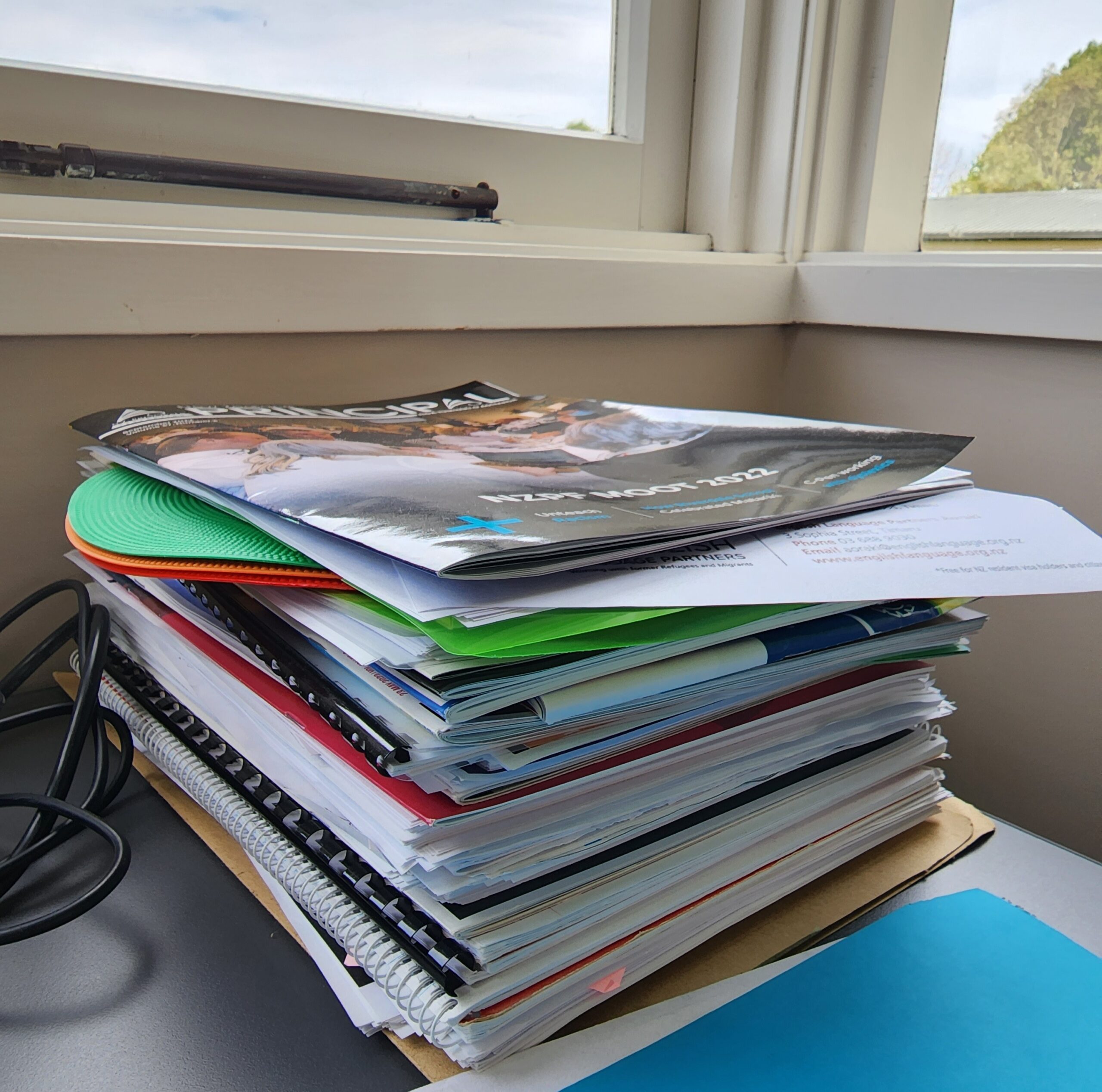


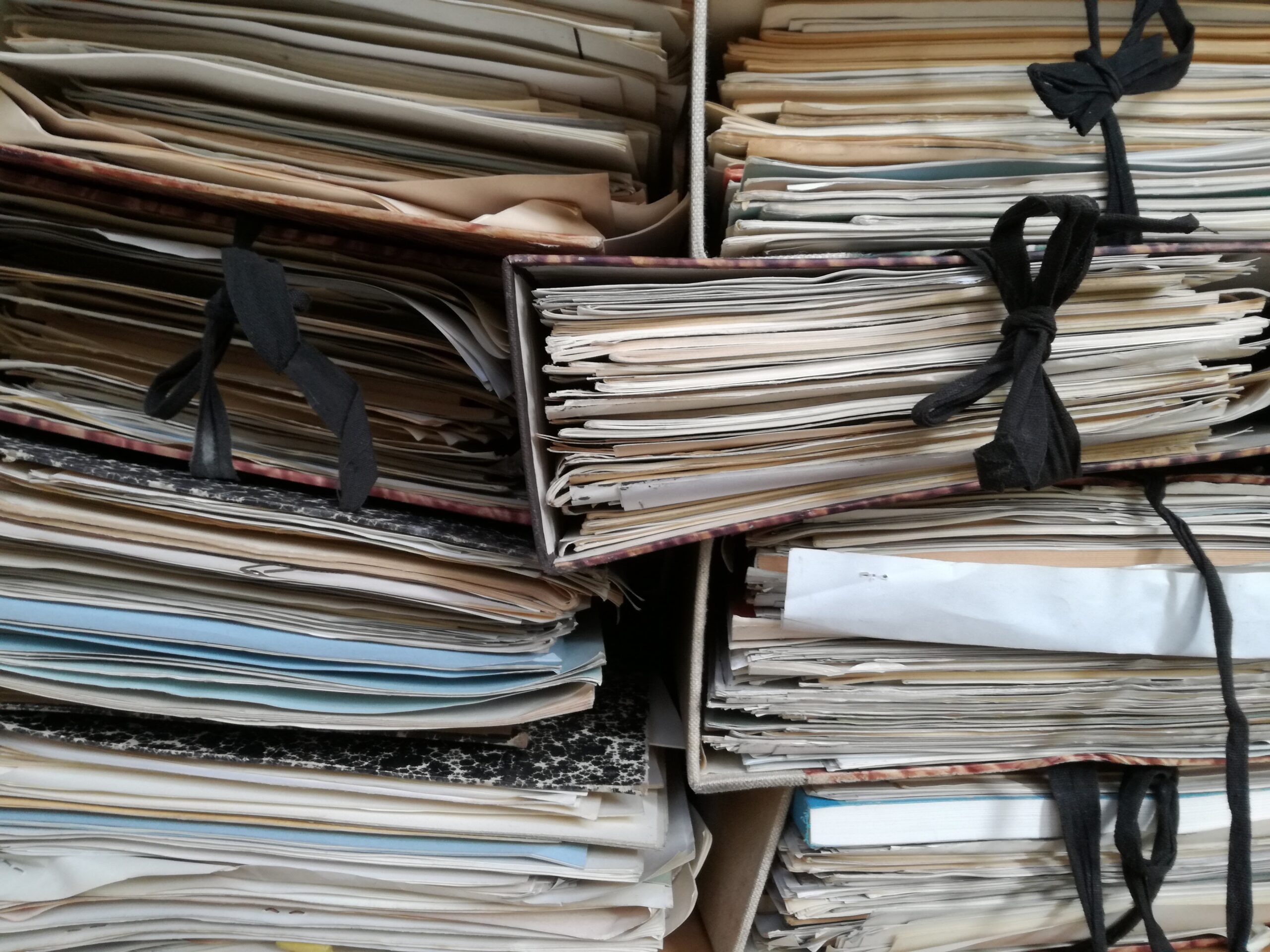


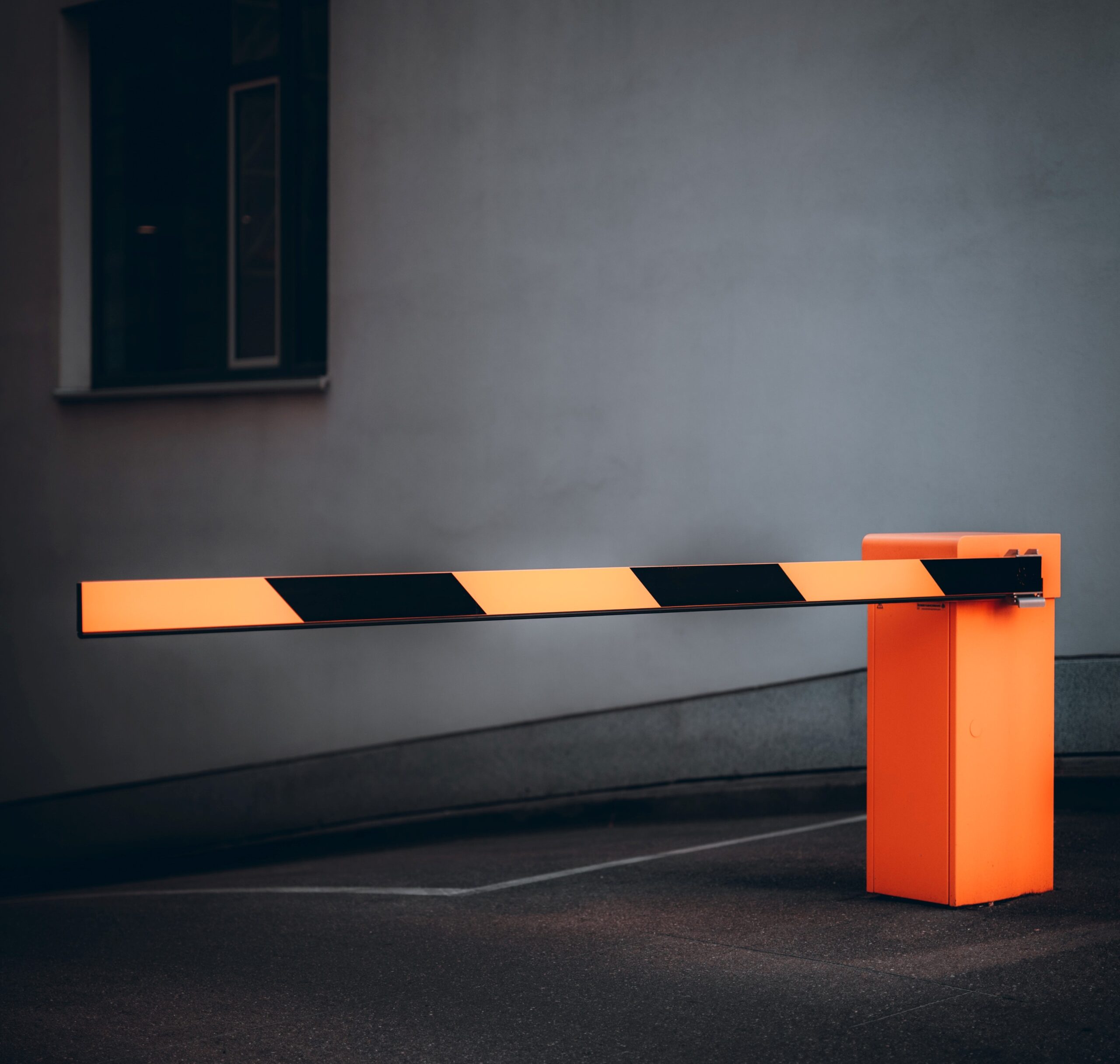

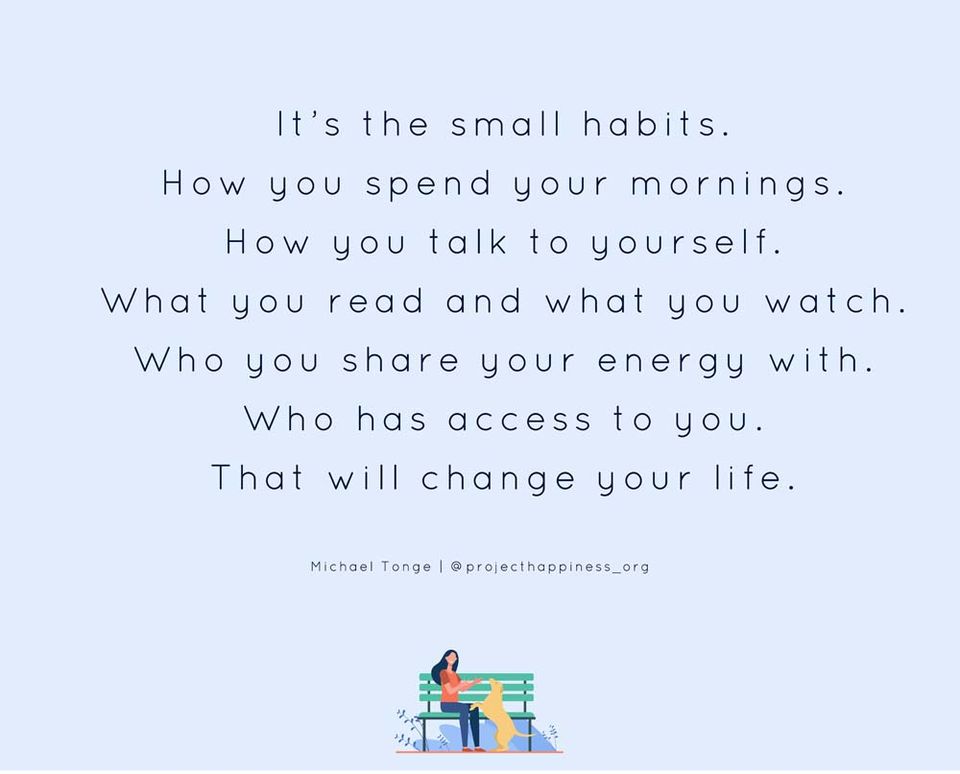


 Photo by
Photo by 


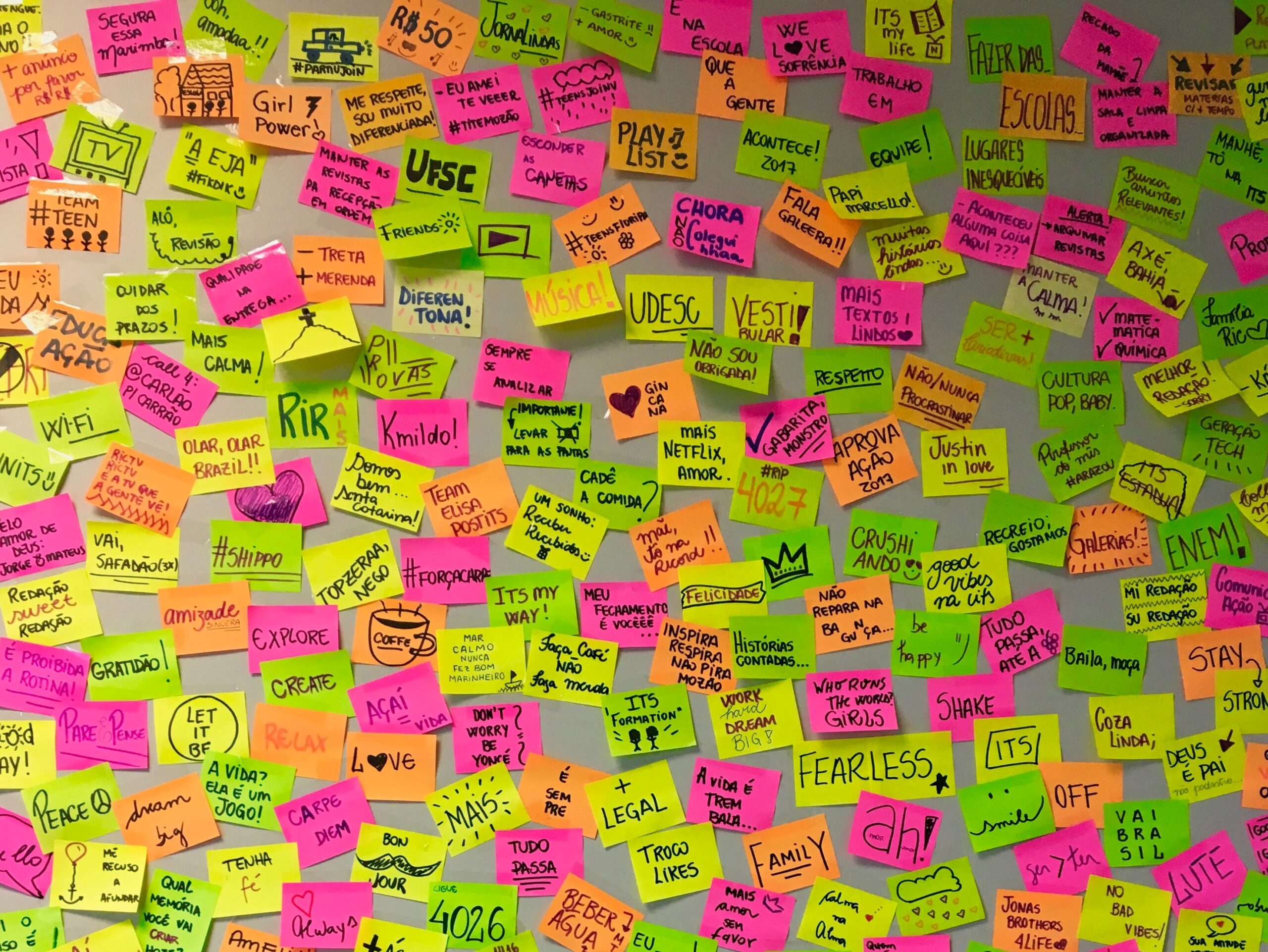
 Photo by
Photo by 

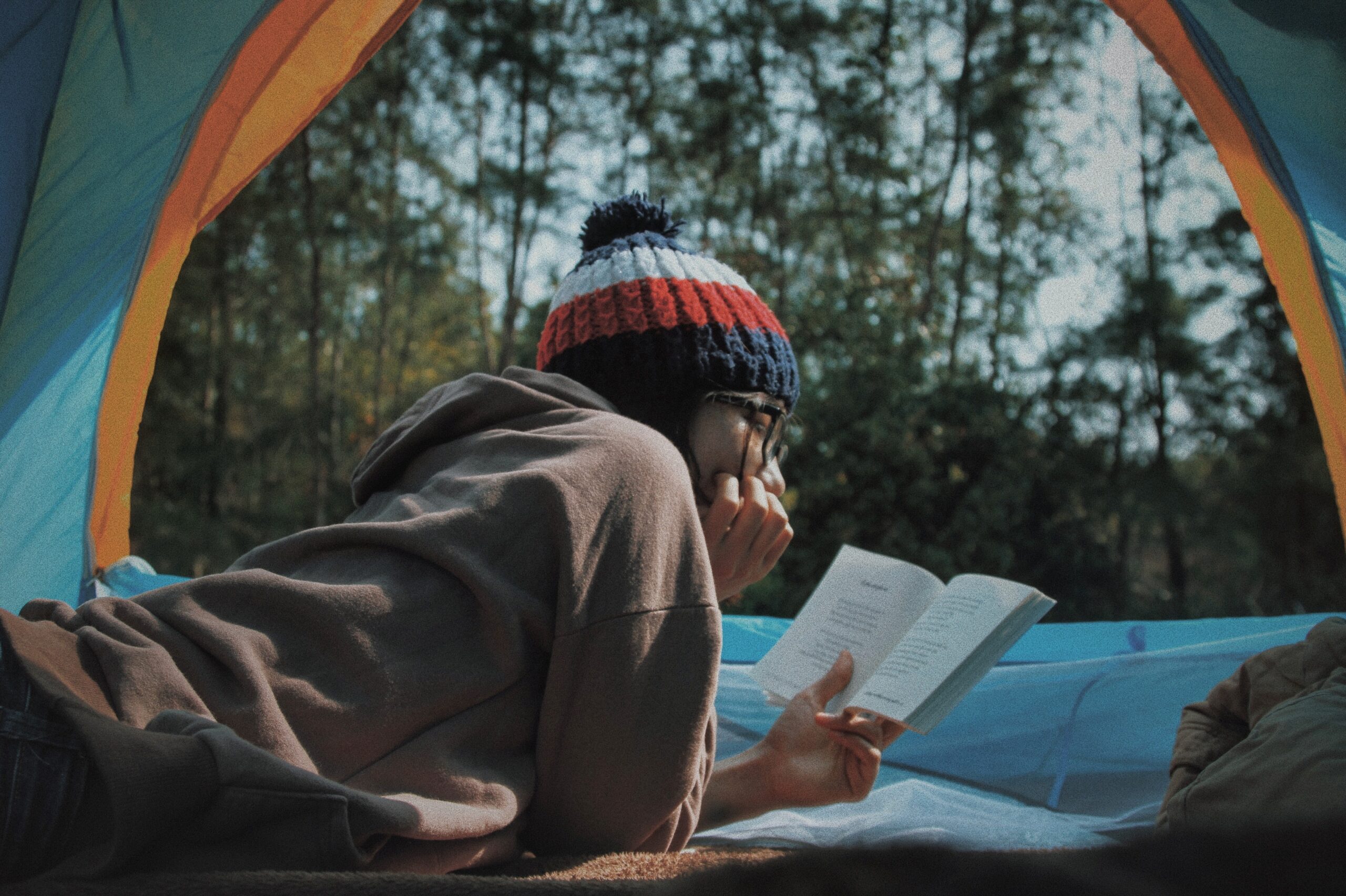
 Photo by
Photo by 
 Photo by
Photo by 
 Photo by
Photo by 